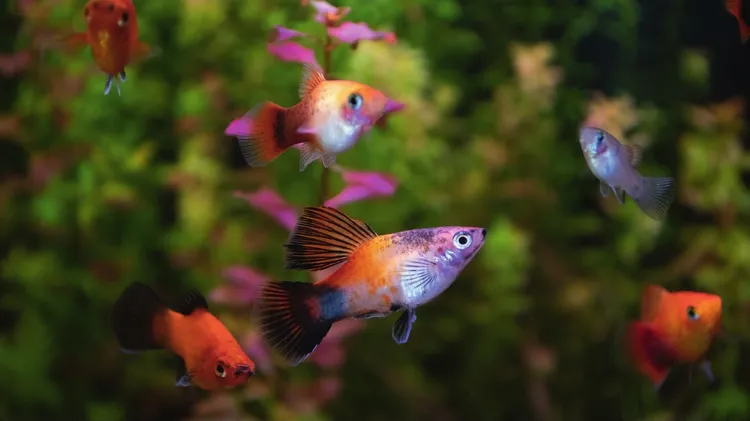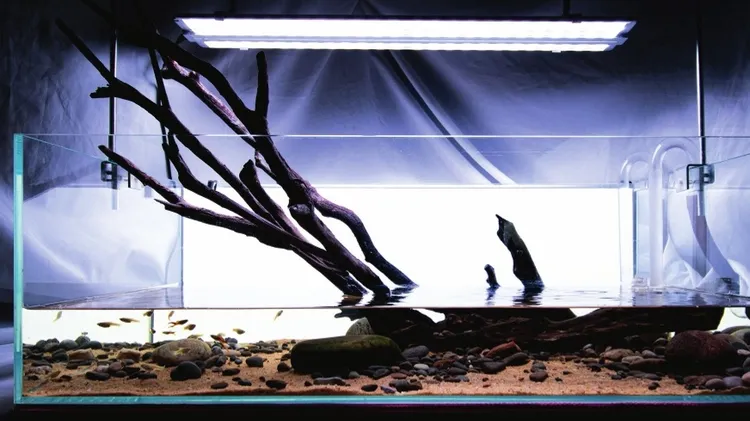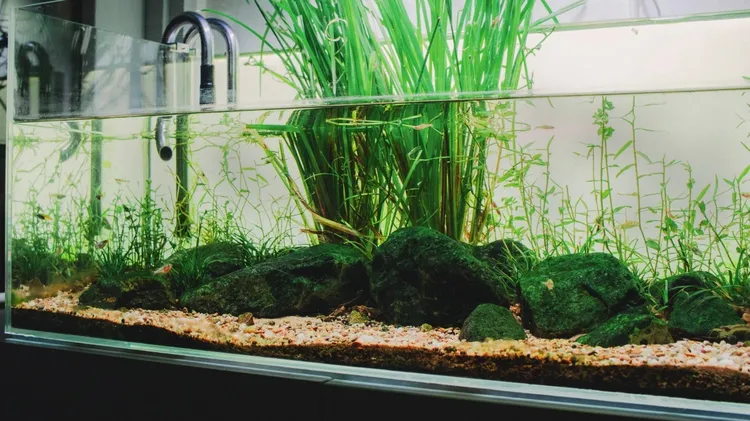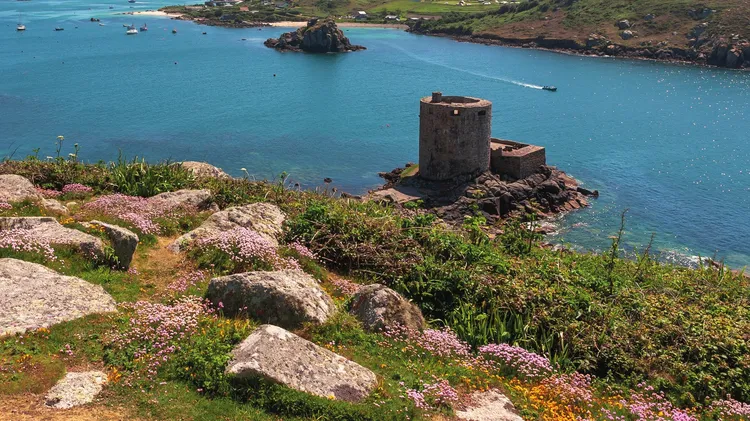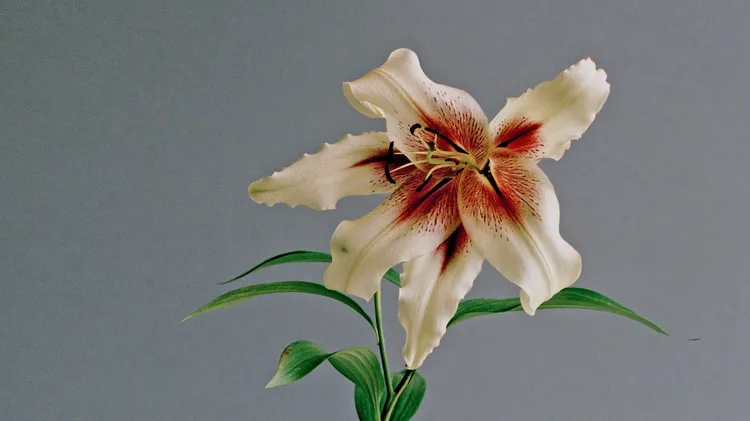On a journey to explore aquatic habitats, Tai Strietman discovers a ma
The swimmer’s biotope
8 min read
This article is from...
Read this article and 8000+ more magazines and newspapers on Readly

